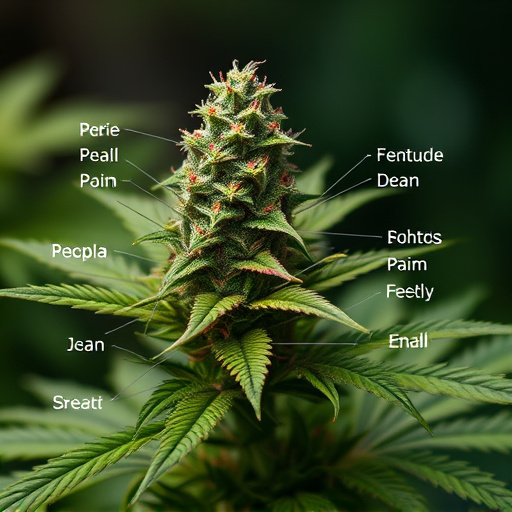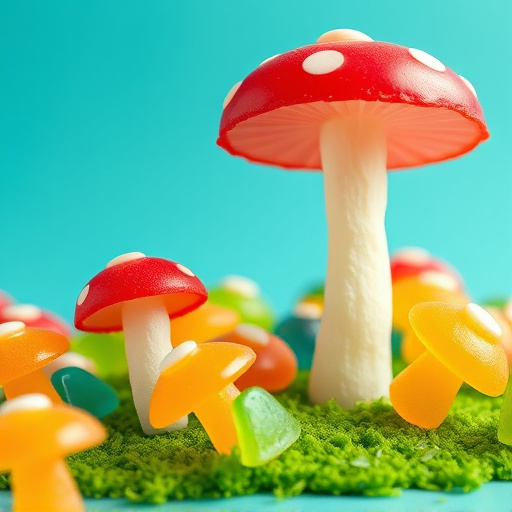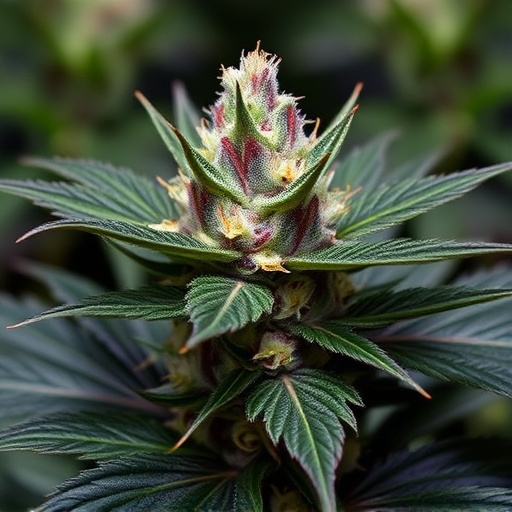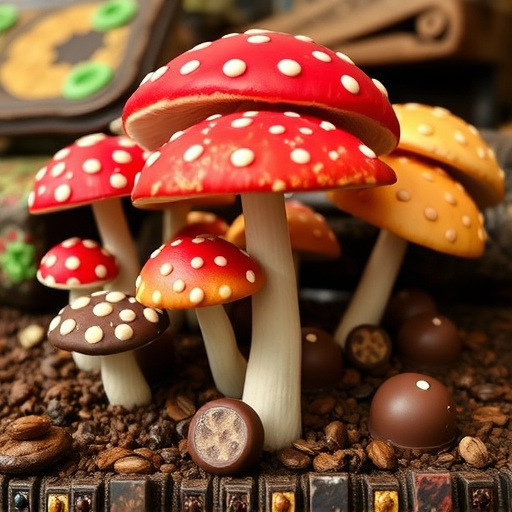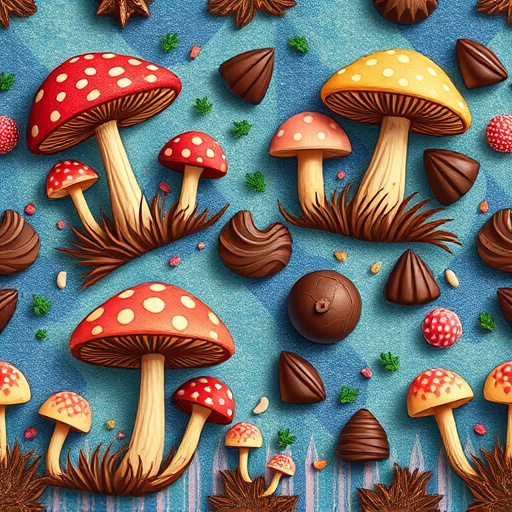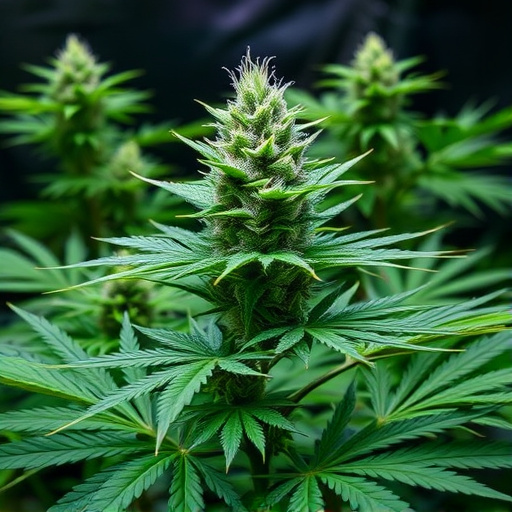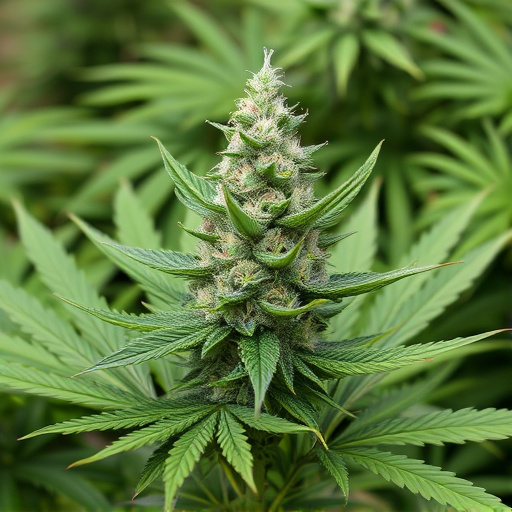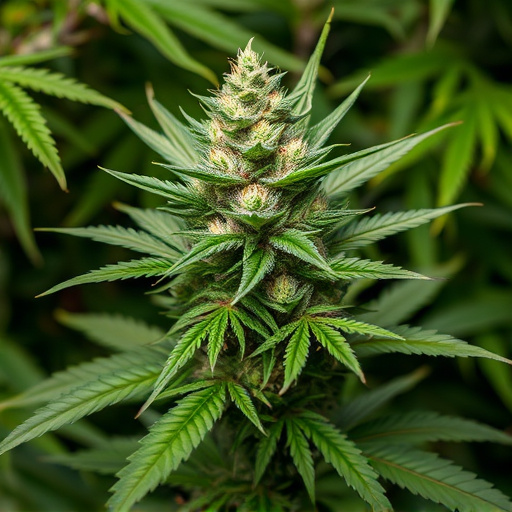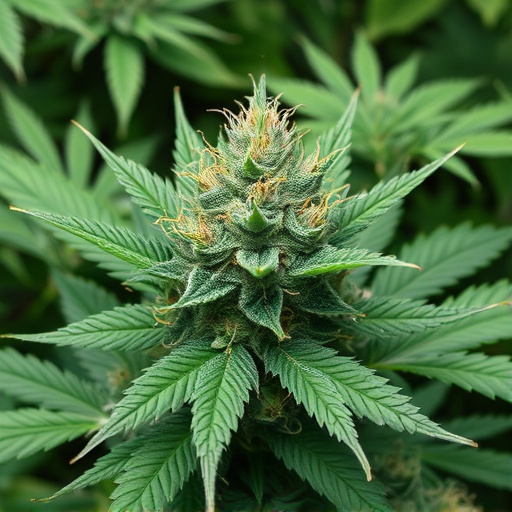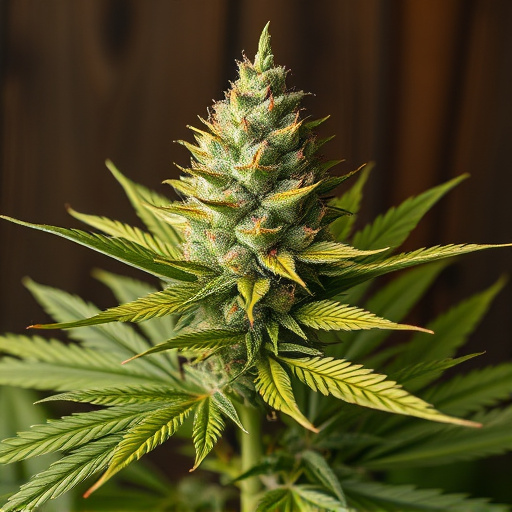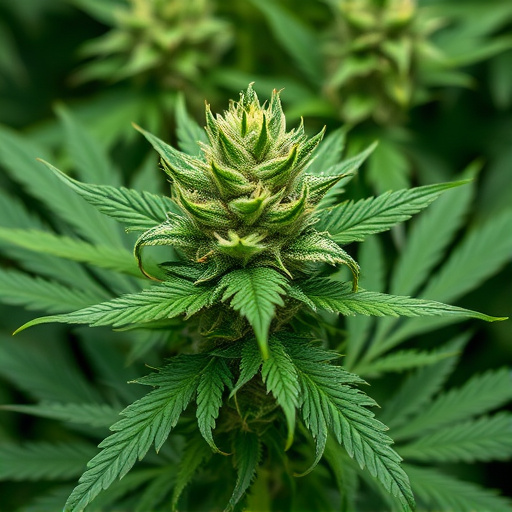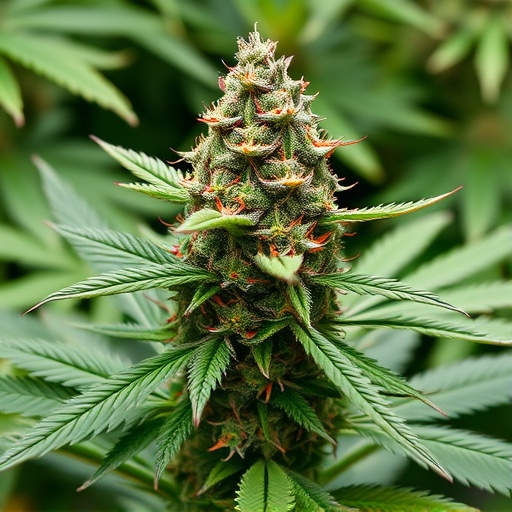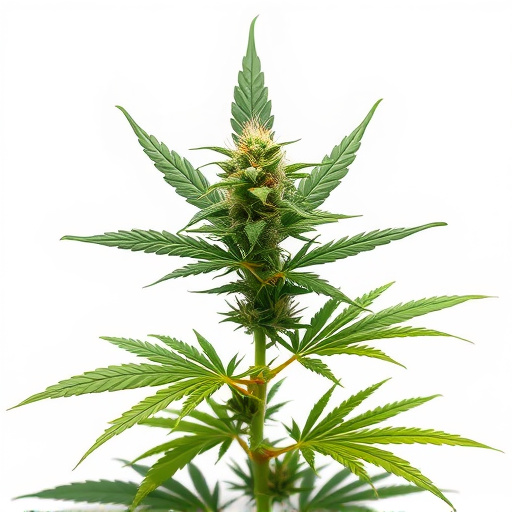Cannabis flower, often referred to as marijuana or hemp, is the most well-known and potent part of the cannabis plant. Understanding its basic structure and diverse varieties is crucial to navigating this complex flora. This article delves into the historical perspective of the original strains of cannabis, highlighting their unique traits and origins. Furthermore, it explores the therapeutic benefits associated with various cannabis flowers, shedding light on their potential medical applications. Discover the rich history and modern significance of cannabis through this comprehensive guide.
- Understanding Cannabis Flower: The Basic Structure and Varieties
- Historical Perspective: Exploring the Original Strains of Cannabis
- Unlocking the Potential: The Therapeutic Benefits of Different Cannabis Flowers
Understanding Cannabis Flower: The Basic Structure and Varieties
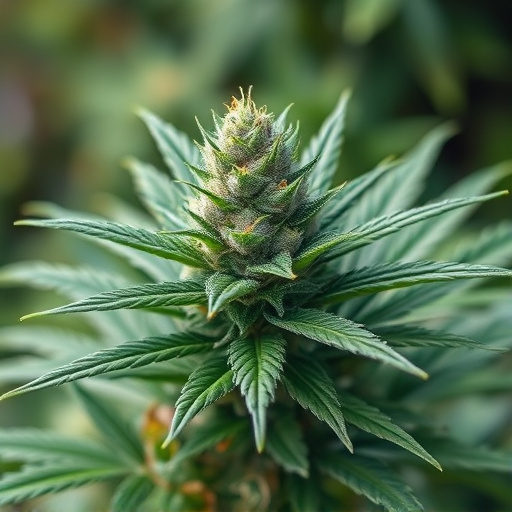
Cannabis flower, also known as bud or cannabis sativa, is the most well-known and sought-after part of the plant. It’s here where the magic happens—the dense cluster of flowers contains a plethora of beneficial compounds, including cannabinoids like THC (tetrahydrocannabinol) and CBD (cannabidiol), along with terpenes that contribute to its unique aroma and flavor.
The structure of cannabis flower is quite remarkable. Each flower comprises numerous small buds surrounded by resin glands, giving them a sticky appearance. These buds are made up of calyxes (the outer layer of florets) and pistils (female reproductive parts). The variety of original strains of cannabis can differ significantly in shape, size, color, and potency due to genetic diversity and cultivation techniques. From the classic Indica and Sativa types to hybrid varieties, each strain offers a unique combination of effects, aromas, and visual appearances, catering to diverse user preferences and medicinal needs.
Historical Perspective: Exploring the Original Strains of Cannabis
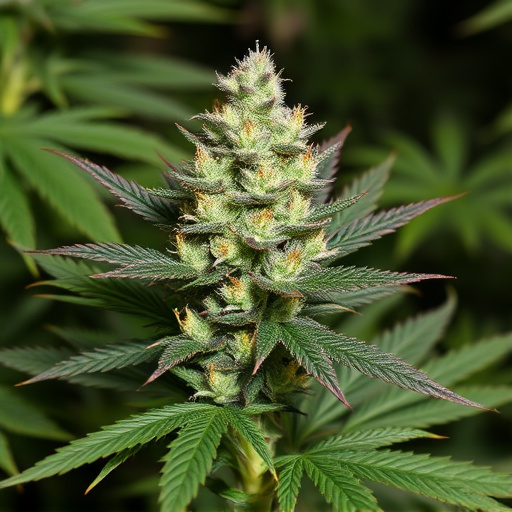
Unlocking the Potential: The Therapeutic Benefits of Different Cannabis Flowers
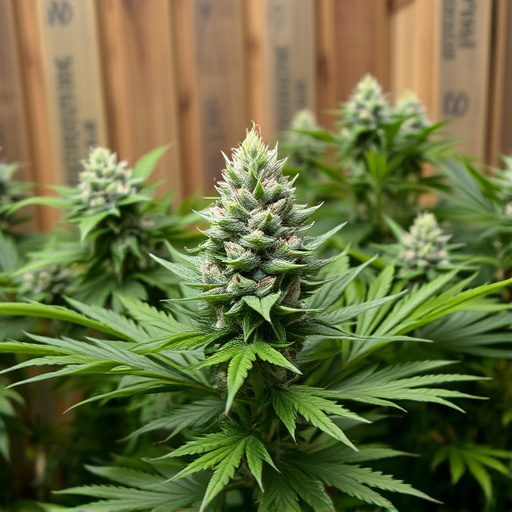
Cannabis flowers, also known as bud or bloom, are the most recognizable and sought-after part of the cannabis plant. They aren’t just aesthetically pleasing; they house a complex blend of cannabinoids, terpenes, and flavonoids that contribute to their unique therapeutic potential. Each original strain of cannabis possesses its own distinct chemical composition, leading to diverse effects and benefits.
From pain management and inflammation reduction to stress relief and sleep aid, different cannabis flowers offer tailored solutions for various health concerns. For instance, Indica strains, known for their relaxing and sedative properties, are popular for nighttime use to combat insomnia or ease anxiety. In contrast, Sativa strains, with their more energizing and uplifting effects, can be beneficial during the day for focus, creativity, and mood enhancement. Understanding these differences unlocks the potential for personalized medicine, allowing individuals to harness the power of cannabis for optimal well-being.

